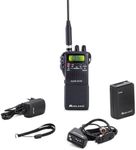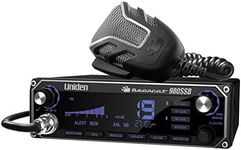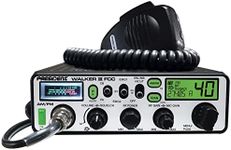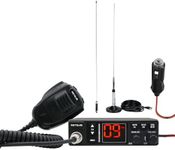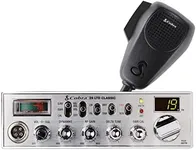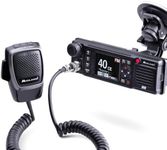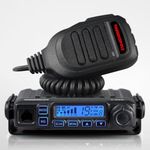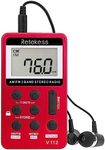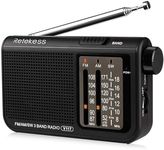Buying Guide for the Best Cb Radios
Choosing the right CB radio involves understanding your specific needs and how different features can meet those needs. CB radios are used for communication over short distances and are popular among truckers, off-roaders, and hobbyists. When selecting a CB radio, consider where and how you plan to use it, as this will guide you in choosing the right features and specifications. Understanding the key specifications will help you make an informed decision and ensure that the radio you choose will serve you well in your intended environment.Power OutputPower output in CB radios is measured in watts and determines the range of communication. The maximum legal power output for CB radios is 4 watts for AM and 12 watts for SSB (Single Side Band). Higher power output can extend your communication range, which is important if you need to communicate over longer distances. If you plan to use your CB radio in open areas or for long-distance communication, opt for a model with SSB capability. For general use, a standard 4-watt radio will suffice.
Channel SelectionCB radios operate on 40 channels, and having easy access to these channels is crucial for effective communication. Some radios offer channel scanning and memory features, which can be useful for quickly finding active channels. If you frequently switch between channels or need to monitor multiple channels, look for a radio with these features. For casual use, a basic model with manual channel selection may be adequate.
Size and Mounting OptionsThe size and mounting options of a CB radio are important for installation and ease of use, especially in vehicles. Compact models are ideal for smaller vehicles or limited space, while larger models may offer more features but require more installation space. Consider where you will install the radio and choose a size that fits comfortably in your vehicle or designated area. If you need a portable option, look for handheld models.
Antenna CompatibilityThe antenna is a critical component of a CB radio setup, affecting both range and clarity of communication. Different radios may require specific types of antennas, so ensure compatibility when choosing your radio. A longer antenna generally provides better range, but it may not be practical for all vehicles. Consider your vehicle type and typical usage environment when selecting an antenna. For optimal performance, invest in a high-quality antenna that matches your radio's specifications.
Noise Reduction FeaturesNoise reduction features, such as automatic noise limiter (ANL) and squelch control, help improve audio clarity by reducing background noise and static. These features are particularly important if you plan to use your CB radio in noisy environments or areas with a lot of interference. If clear communication is a priority, look for models with advanced noise reduction capabilities. For less demanding environments, basic noise reduction features may be sufficient.
Display and ControlsThe display and controls of a CB radio affect usability and ease of operation. A clear, easy-to-read display is important for monitoring channels and settings, especially in low-light conditions. Intuitive controls make it easier to adjust settings on the go. If you plan to use your radio frequently or in challenging conditions, prioritize models with user-friendly interfaces. For occasional use, simpler controls may be adequate.
